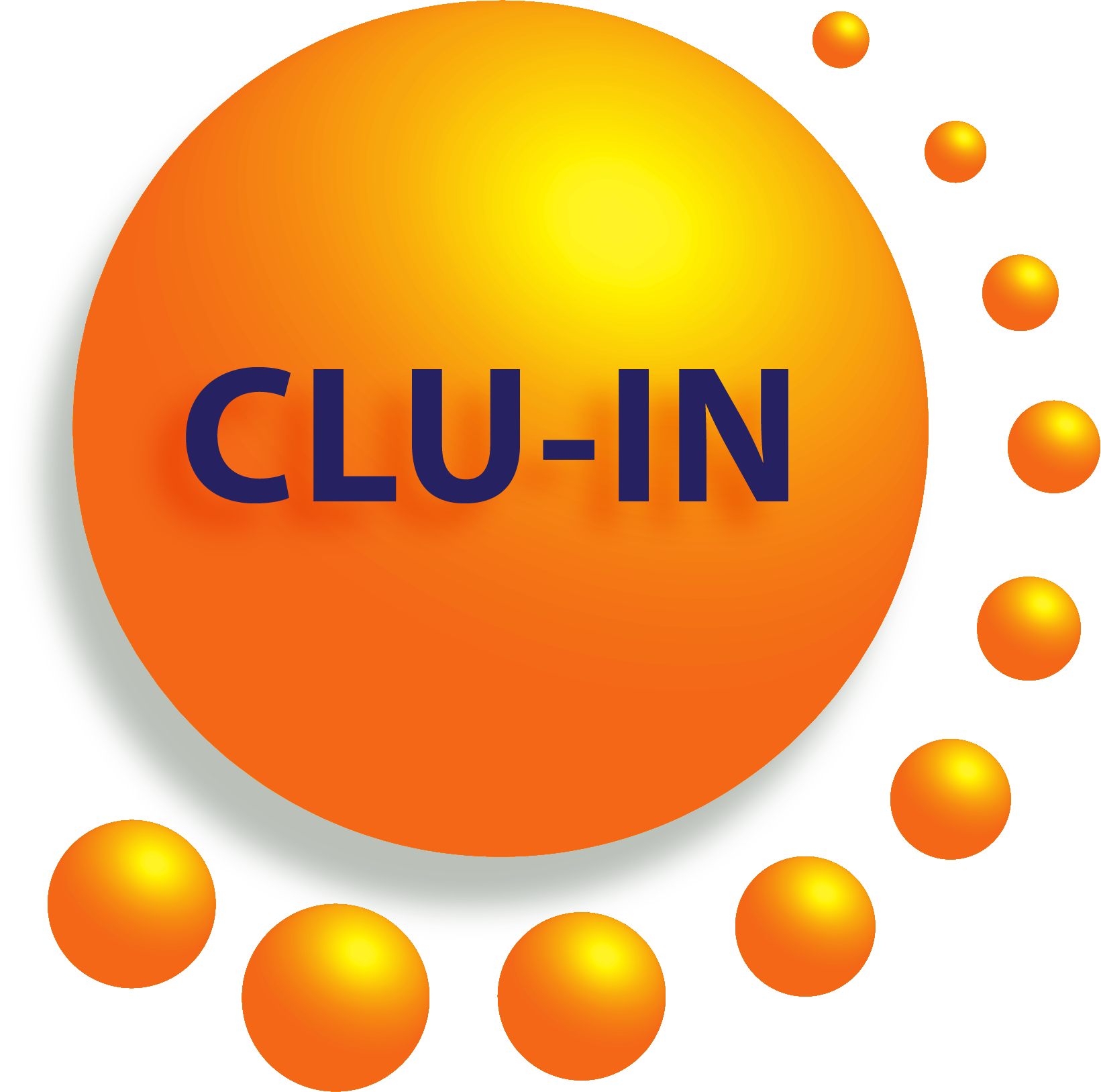US EPA/ORD's Engineering Issue Paper: Electrokinetic (EK)-Enhanced In situ Remediation Technologies — Options for Addressing Contaminants in Low-Permeability (Low-k) Environments
Archived: Thursday, September 26, 2024
Sponsored by: U.S. EPA Office of Research and Development (ORD) Engineering and Groundwater Technical Support Centers
US EPA's Office of Research and Development (ORD) is sponsoring a presentation on electrokinetic (EK)-enhanced in situ remediation technologies that are available for addressing contaminants in low-permeability (low-k) subsurface environments where conventional hydraulic delivery technologies often face challenges.
The presentation introduces ORD's recently published Engineering Issue Paper (EIP) on the technology. The primary author will present on EK technologies and provide insights to the user community on ways to best utilize the EIP.
ORD's EIPs are a series of technology transfer documents that summarize the latest information on selected waste treatment and site remediation technologies and related issues and present it in a conveniently accessible manner to the user community. EIPs are designed to help remedial project managers (RPMs), on-scene coordinators (OSCs), contractors, and other contaminated sites technical staff and site managers understand the type of data and site characteristics that are needed to evaluate a technology for a specific site, as well as ways to design and optimize a technology for a particular application.
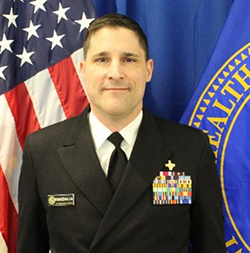 David Gwisdalla, U.S. EPA Office of Research and Development Technical Support Coordination Division (gwisdalla.david@epa.gov or 513-569-7011)
David Gwisdalla, U.S. EPA Office of Research and Development Technical Support Coordination Division (gwisdalla.david@epa.gov or 513-569-7011)
CDR David Gwisdalla, P.E., USPHS, is the Director of the EPA Office of Research and Development's (ORD's) Engineering Technical Support Center (ETSC) in Cincinnati, Ohio. The ETSC coordinates technical support provided by ORD for contaminated site managers from EPA Regional, states and tribes. CDR Gwisdalla has over 28 years of experience in environmental compliance and restoration, public works operations and maintenance, facility design and construction, and industrial hygiene. As an active-duty US Public Health Service (USPHS) officer, he has been detailed to the EPA for the past 13 years. He has been assigned to EPA Region 8 (CWA/NPDES — Enforcement) and the EPA's National Enforcement Investigations Center (Investigator / Field Branch Chief), and the ORD (Health & Safety and Site Clean-up Support). David is a registered professional engineer (CO & MI) and earned his bachelor's degree in civil engineering and master's degree in environmental engineering from Michigan State University.
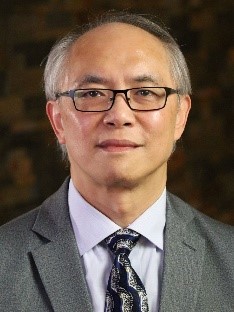 James Wang, Geosyntec Consultants, Inc. (JWang@geosyntec.com or 410-910-7622)
James Wang, Geosyntec Consultants, Inc. (JWang@geosyntec.com or 410-910-7622)
Dr. James Wang, P.E., is a Principal Engineer based in Geosyntec Consultants' Columbia, Maryland, office. Dr. Wang has over 25 years of experience in applied research and engineering practices in the areas of environmental investigation and remediation as well as waste treatment and management. He has directed and managed projects under RCRA, CERCLA, state lead, and voluntary cleanup programs. Dr. Wang has received funding from government agencies and industry for developing integrated waste management system and innovative technologies for environmental remediation and waste treatment. He has taught several short courses and workshops at conferences and published extensively with book chapter and over 17 peer-reviewed journal articles in the areas of innovative remediation technologies, waste and wastewater treatment technologies, and bioreactor engineering. Dr. Wang is a registered professional engineer (MD, MO, NC), and he received his master and doctoral degrees from North Carolina State University.
Moderator:
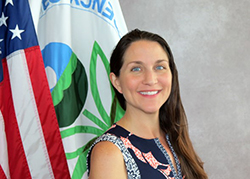 Jean Balent, U.S. EPA Technology Innovation and Field Services Division (balent.jean@epa.gov or 202-566-0832)
Jean Balent, U.S. EPA Technology Innovation and Field Services Division (balent.jean@epa.gov or 202-566-0832)
Ms Balent is on the staff of the EPA's Technology Innovation and Field Services Division where she has worked to collect and disseminate hazardous waste remediation and characterization information since 2003. Ms Balent manages the Clean Up Information Network website and actively supports online communication and collaboration resources available to EPA. She formerly worked with the US Army Corps of Engineers Environmental Engineering Division in the Buffalo District. Ms Balent was also a member of the SUNY-Buffalo Groundwater Research Group where she constructed and tested large scale models of groundwater flow. Ms Balent has also conducted research relating to the Great Lakes, environmental remediation, and brownfields re-development. She holds a Bachelor's degree in environmental engineering from SUNY-Buffalo and a Master's degree in Information Technology from AIU.
Webinar Slides and References:
Additional Resources:
Help & FAQs
- Frequently Asked Questions
- Content Questions?
Call Dave Gwisdalla at 5135697011 or gwisdalla.david@epa.gov - Technical Problems?
Leave us a comment - Cancel Your Registration
- My Participation Records
- CEU Credits and PDHs
Zoom Resources
Before Webinar Day
This seminar will be delivered through Zoom. Participants are encouraged to update to the latest version of the Zoom application for the best experience.
If you are unable to install the Zoom application, most functions will be available if you join just using a modern web browser such as Chrome, Edge or Firefox. We strongly encourage you to run the Zoom Meeting Test prior to attending this webinar. Technical support on the day of the webinar will be very limited and subject to significant delays.
Backup Conference Call
If you cannot participate using online audio, you may join the optional call in line. After checking in for the live event using the instructions listed below, you will see several options to participate. Please click the links in option 4 to follow along by phone and obtain the call in number. If you cannot access the phone number, you may request the call in line from the event moderator in the Q&A or send an email to Jean Balent at balent.jean@epa.gov
Click on "Join Webinar" at the top of this screen, enter your exact first and last name as you registered and enter the number of people attending at your location (including yourself). You should then be taken to the Zoom meeting room. Join with Zoom Application: For those joining with the Zoom application, you may be prompted to sign with a zoom account or join as a guest without signing in.
If joining as a guest, you will be prompted to enter your name and email address. Remember your name, image, video or voice may be visible to others in the live event. When done, click "Join" When it is time for the live event to start, the meeting host will admit you to the live Zoom meeting. Join via web browser (without the Zoom Application): For those joining with a web browser, you may close any pop ups prompting you to download the Zoom app. The next window will allow you to enter your name (first name and last name) and check the box that you are not a robot. Click the blue join button. You may also be asked to provide your email address before joining the room. Remember your name, image, video or voice may be visible to others in the live event. When done, click "Join" When it is time for the live event to start, the meeting host will admit you to the live Zoom meeting. You may need to periodically refresh the browser window to confirm if the host has admitted you. The presenters will control what slide you are viewing. You may submit questions online for the instructors to answer during the webinar by typing in the "Q&A" area. It is not necessary to wait until the question and answer periods to submit questions. At the end of the webinar you will be guided to our feedback form and links to additional resources, including the complete presentation. These links will remain active after the webinar. Provided for your convenience. Importing or accepting the invitation within this iCalendar file is not required, and declining the invitation does not cancel your registration. For additional information on iCalendar, please see our
iCalendar Help It is EPA's policy to make reasonable accommodation to persons with disabilities wishing to participate in the agency's programs and activities, pursuant to the Rehabilitation Act of 1973, 29 U.S.C. 791. Any request for accommodation should be made to Dave Gwisdalla at 5135697011 or gwisdalla.david@epa.gov, preferably one week or more in advance of the webinar, so that EPA will have sufficient time to process the request. EPA would welcome specific recommendations from requestors specifying the nature or type of accommodation needed. EPA welcomes specific recommendations from requestors specifying the nature or type of accommodation needed. Please note that CLU-IN provides both alternate phone call-in options and closed captioning for all webinars, and requests for these specific accommodations are not necessary.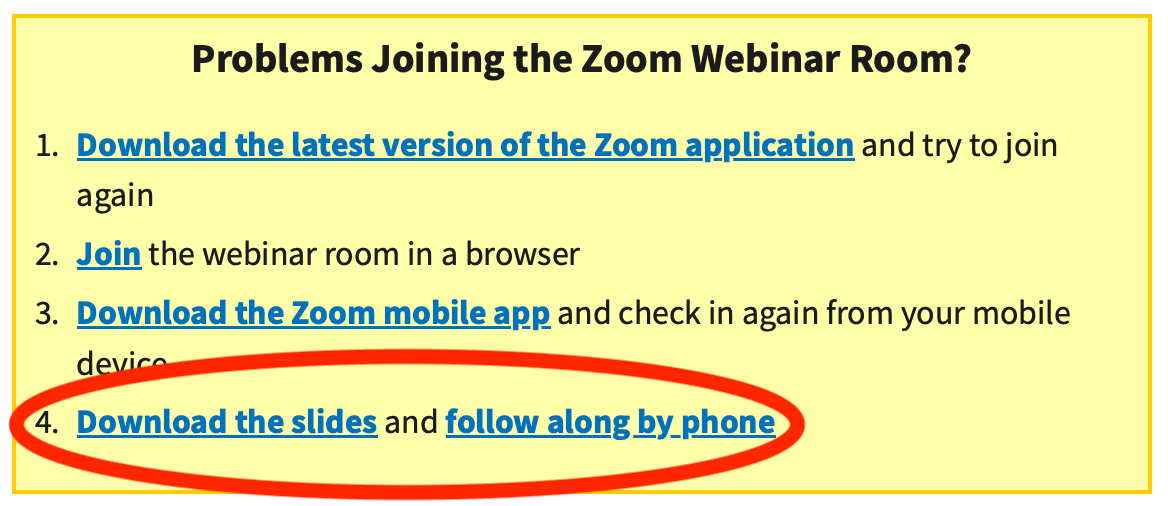
Webinar Day, Checking In
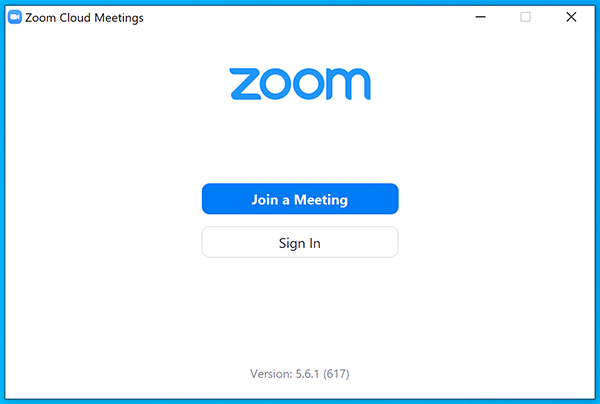
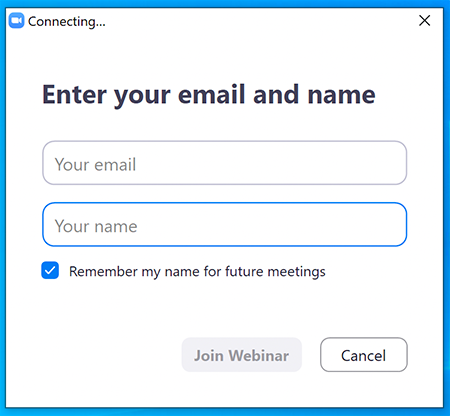
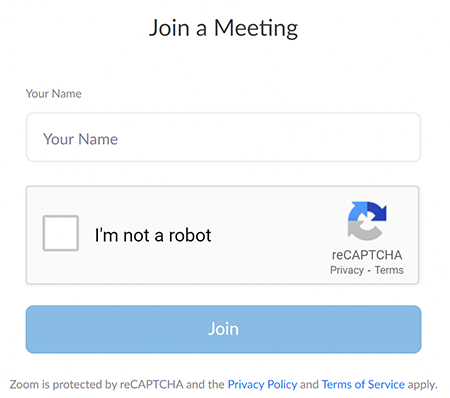
Moving Through Slides
Feedback & Links to Additional Resources
iCalendar File
Rehabilitation Act Notice for Reasonable Accommodation
Rehabilitation Act Notice for Reasonable Accommodation
It is EPA's policy to make reasonable accommodation to persons with disabilities wishing to participate in the agency's programs and activities, pursuant to the Rehabilitation Act of 1973, 29 U.S.C. 791. Any request for accommodation should be made to Dave Gwisdalla at 5135697011 or gwisdalla.david@epa.gov, preferably one week or more in advance of the webinar, so that EPA will have sufficient time to process the request. EPA would welcome specific recommendations from requestors specifying the nature or type of accommodation needed. EPA welcomes specific recommendations from requestors specifying the nature or type of accommodation needed. Please note that CLU-IN provides both alternate phone call-in options and closed captioning for all webinars, and requests for these specific accommodations are not necessary.
Webinar Recording
By participating in this CLU-IN webinar, you automatically agree to authorize recording of audio and visual content presented during this live event and consent to subsequent use of this recording in the public domain by the U.S. Environmental Protection Agency. This recording may include questions, comments and poll responses provided by you during the live event in addition to your name, voice, image or likeness. This recording will be made available after the conclusion of the live event as part of the CLU-IN webinar archives, and will remain available indefinitely. If you do not wish to consent to the recording, please do not join the live event, and contact Jean Balent at 202-566-0832 or balent.jean@epa.gov to discuss your concerns.
Content Disclaimer
This webinar is intended solely to provide information to the public. The views and opinions expressed as part of this webinar do not necessarily state or reflect those of the U.S. Environmental Protection Agency. It is not intended, nor can it be relied upon, to create any rights enforceable by any party in litigation with the United States, or to endorse the use of products or services provided by specific vendors. With respect to this webinar, neither the United States Government nor any of their employees, makes any warranty, express or implied, including the warranties of merchantability and fitness for a particular purpose, or assumes any legal liability or responsibility for the accuracy, completeness, or usefulness of any information, apparatus, product, or process disclosed, or represents that its use would not infringe privately owned rights.

